A small amount of MgO may be added to control the grain size during sintering.
The data presented here were derived from reported values for high purity (99.5 % or higher) and nearly fully densified (98 % of the theoretical density, or higher) sintered alpha-alumina materials with a nominal grain size of 5 µm.
Property Summary:
- Crystal System: Corundum, space group R3(bar)c, 2 formula units per unit cell, but most commonly referred to a larger hexagonal cell with 6 formula units.
- Melting Point: 2050(4) °C
- Nominal Grain Size: 5 µm
- Creep Characteristics in Flexure in the range 100 MPa to 200 MPa, 1200 °C to 1800 °C:
- Activation energy: 325(25) kJ/mol
- Stress exponent: 1.08(5)
- Tribology Characteristics (dry alumina on alumina):
With increasing temperature, both friction and wear increase sharply at 200(5) °C to a nearly constant value; subsequently, both properties decrease roughly linearly over the range 600 °C to 900 °C, attaining high temperature values that are nearly the same as the low temperature values.
Electrical properties
- Dielectric Strength: 19 kV/mm
- Dielectric Constant: 10
- Loss Tangent: 0.00025 at 1kHz, 0.0001 at 100MHz
Mechanical Properties
- Young's Modulus,E: 390-400 GNm -2
- Shear Modulus G: 163 GNm-2
- Poisson's Ratio: 0.235
- Fracture Toughness, Klc: 3 - 4 MNm-3/2
- Fracture Energy: 15-50 Jm-2
- Tensile Strength: 200 - 400 MNm-2
- Compressive Strength: 3 - 4 GNm-2
- Hardness: 18 GPa
Thermal Properties
- Heat capacity, J mol-1K-1: 13 at 273K
- 18 at 373K
- 24 at 1400K
- Coefficient of Thermal expansion, p.p.m./K: 5 at 273K
- 7 at 373K
- 9 at 1400K
- Thermal conductivity, Wm-1K-1: 33 at 273K
There is also a summary of alumina properties provided by NIST.
A good general reference on alumina is the book "Alumina Processing, Properties, and Applications" by E. Dorre and H. Hubner Springer Verlag, 1984








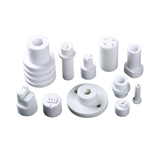


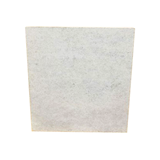


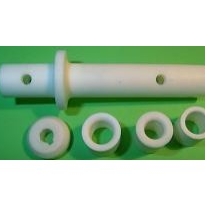
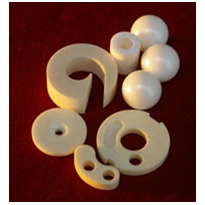
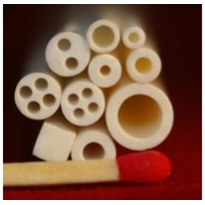
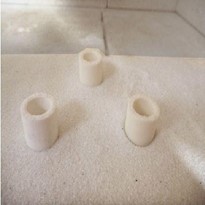
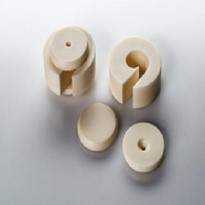
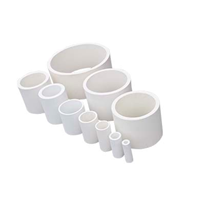
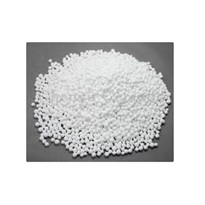

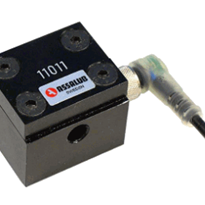

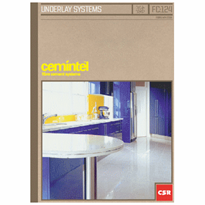

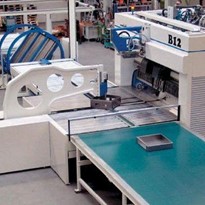
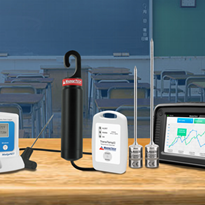
-205x205.jpg)

